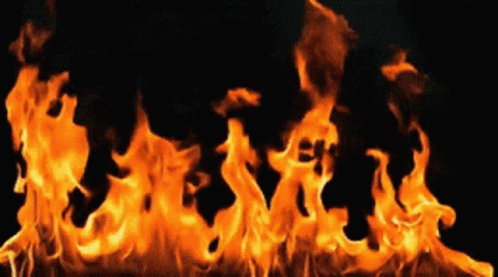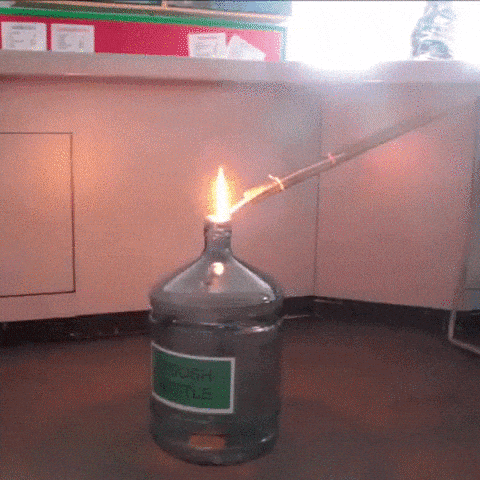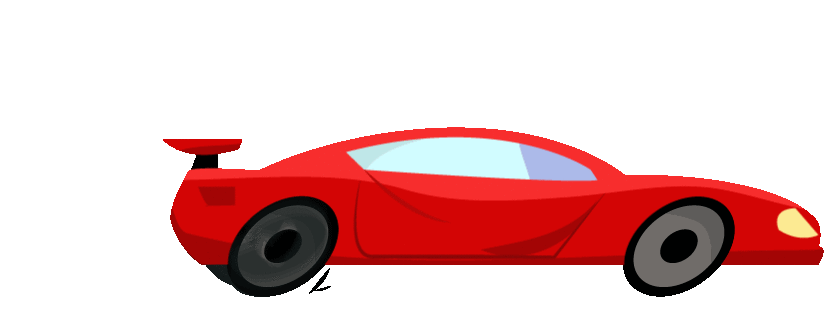
Week 7
Let's learn About Chemical reactions!
Class 1: Chemical Reactions

Have you ever watched a firework explode in the night sky or seen a piece of metal rust over time? Both of these are examples of chemical reactions. A chemical reaction happens when substances change into new substances with different properties. Atoms rearrange, bonds are broken and formed, and something new is created.
This is today's class goal:
Let's start with the teacher presentation of the topic:
Follow the instructions to solve the following mini lab practice and complete the activity in the notebook:
Class objective: Learn what chemical reactions are, how they can be classified, and explore some everyday examples.
SEL: Organize materials for learning



Lab Report
CLASS 2: Burning

Burning is a chemical reaction.
When something burns, it reacts with the oxygen in the air. Sometimes ashes are formed. The ashes contain new substances called oxides.

Roasting marshmallows over an open fire is a favorite past-time for campers, outdoor cook-outs, and just gathering around a fire in the back yard. The trick is to get the marshmallow a nice golden brown without catching it on fire. Too often we are not successful and we see the marshmallow burning on the stick – a combustion reaction taking place right in front of us.



1. Observe the experiment performed by the teacher and answer:
a) Draw the experiment before and after. Explain what happened
b) Why did the water go up?
c) How is this experiment related to the topic of burning reactions?
2. Watch the part of the video shown by the teacher (It's an extract from the series "Anne with an E"). Then explain why the girl could solve the problem in a faster way.
3. Watch the videos and answer:
a) What is the right thing to do in case that you get on fire?
Need help with this answer? Check this VIDEO
b) What should we do if someone near us gets on fire? Why can't we use something to blow the fire away? Watch this amazing video about a stuntman that is wearing isolating clothes and how they put the fire off at the end: STUNTMAN ON FIRE
4. Investigate 3 uses of combustion reactions in real life. Explain them with your own words
5. Visit the CHEM website and answer: What do combustion reactions release? Write the chemical equation of a combustion reaction.
6. Watch the VIDEO about car engines and explain step by step in your own words how do engines use gasoline to make the car work?
A lot of chemical reactions are useful - for example, cooking and the reactions that happen inside the body. But some reactions are not very useful. An example of a reaction that is not useful is rusting (when something gets rusted, or in Spanish cuando algo se oxida). Today we will learn more about the conditions for some metals to get rusted and how to prevent this undesirable reaction:
1. Visit the Tought.Co website and summarize in your notebook, when does rust form?
2. In the same website, under the title "Preventing rust"
find the information about why is rust undesirable.
and what happens to iron when it gets rusted?
3. There is an experiment to prove what is needed for rust to occur. Read its conditions and results and then, answer the questions:
A new iron nail is placed in each of four test tubes, as in the diagram.
Test tube 1 contains nothing, apart from the nail, and is open to the air.
Test tube 2 contains water and the nail is half in the water. The tube is open to the air. So, this tube has air and water.
Test tube 3 has calcium chloride in the bottom. The calcium chloride absorbs water so the air inside the tube is dry. The tube is stoppered.
Test tube 4 has water that has been boiled to remove as much dissolved gas as possible. On top of the boiled water is a layer of oil. This stops any air entering the water. The tube is stoppered.
Questions:
a) What conditions are needed to prevent iron from rusting?
b) Which test tube and which conditions caused the iron to rust most quickly?
c) Why is the same type of nail used in all test tubes?
d) How is the air in tube 3 dried?
e) How is the air in tube 4 kept out of contact with the nail?
4. Visit the Byjus website and explain 2 methods used to prevent rusting.



CLASS 3: Rusting

CLASSWORK ABOUT RUSTING
Combustion reactions are fun but also very dangerous if not handled properly!



Combustion in a rocket engine is different from the one in a car, Do you want to know how? Read this: NASA - How do ROCKETS WORK?





